
These catching pictures from 1948 capture daily life at Smith College in Northampton, Massachusetts, therefore reflecting the experiences of female students at one of the most prominent liberal arts universities in the country.
Photographs taken by LIFE magazine photographer Peter Stackpole capture a time when women’s access to higher education was still developing inside a fast changing society.
Janet Trowbridge, one of the students under interview, was cited in the paper saying, “…Janet believes that a woman’s college is the only place for a real education and that co-ed institutions like Missouri are just date factories.”
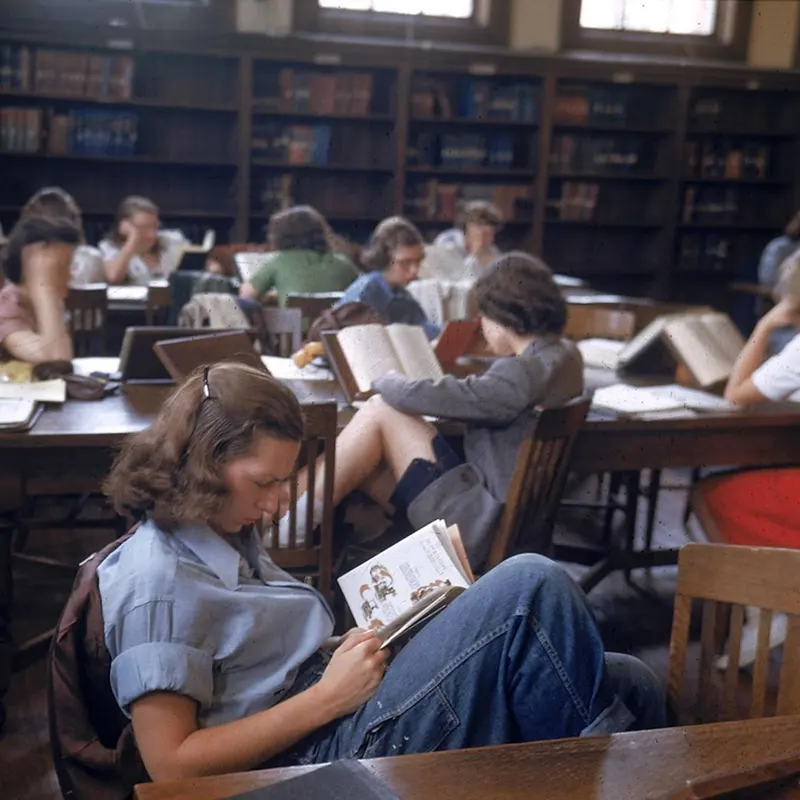
Leading proponent of women’s education, Smith College, the biggest Seven Sisters member, has always Although its graduate and certificate programs are open to anyone, its undergraduate programs are just for women.
Smith students through the Five Colleges Consortium can also enrol in classes at Mount Holyoke College, Amherst College, Hampshire College, and the University of Massachusetts Amherst.
A 1949 LIFE article pitting private women’s colleges against coeducational public institutions included the college.
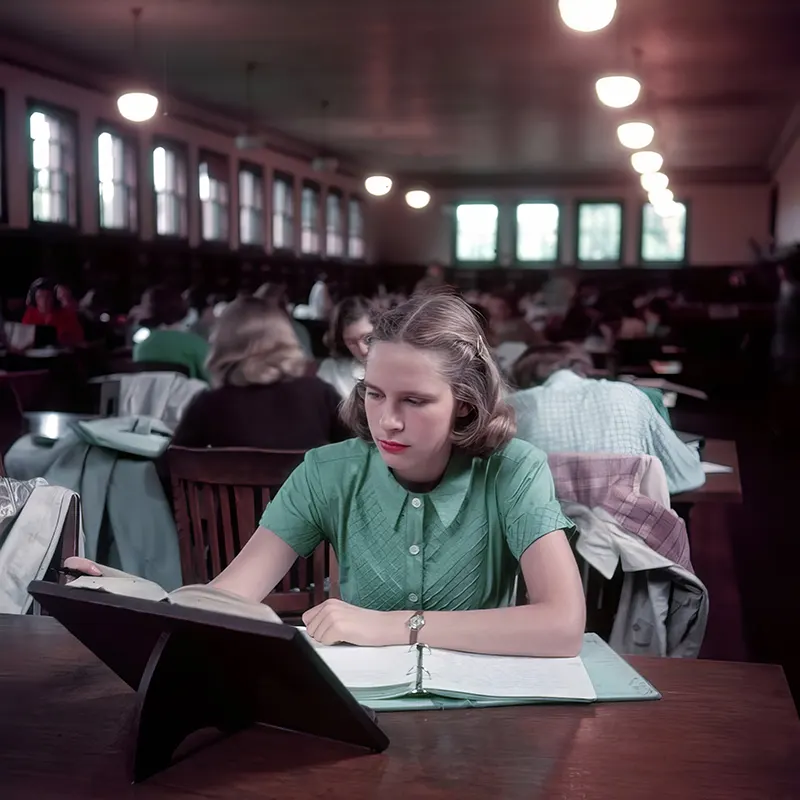
Significant social and economic developments accompanied the late 1940s. Many young people entered the workforce in their early teens before World War II, but postwar wealth let more young people stay in school longer, therefore supporting the concept of adolescence as a separate period of life.
This change also found expression in fashion as teenagers and college students embraced a more laid-back look. Young women’s usual wardrobe consisted of skirts and sweaters, usually worn with saddle shoes or loafers.
The American fashion business responded by marketing straight to this expanding group, opening the path for the growth of teen culture in the 1950s.
These pictures not only capture a turning point in Smith College’s history but also mirror more general societal changes that molded young women’s life in America following World War Two.

One of LIFE magazine’s earliest staff photographers and a trailblazing photographer overall, Peter Stackpole (1913–1997)
Inspired by Dorothea Lange, Edward Weston, and Diego Rivera, he early on became passionate in handheld photography and used his Leica Model A to capture the building of the San Francisco-Oakland Bay Bridge.
Acclaimed for his work, he joined Group f/64 as an honorary member even though his energetic, direct technique distinguished him from its fine art approach.
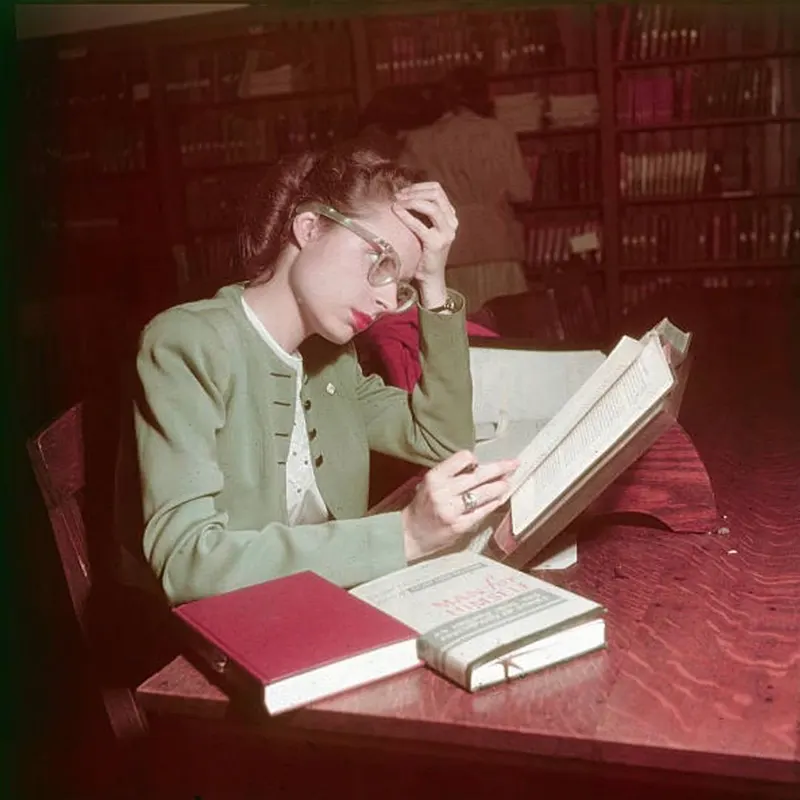
His bridge pictures were displayed at the San Francisco Museum of Art in 1935, which sparked freelance work. Henry Luce recruited Stackpole among LIFE’s first four photographers when it started in 1936.
Working there until 1961, he covered working-class life as well as Hollywood glitz while trying to portray his subjects realistically.
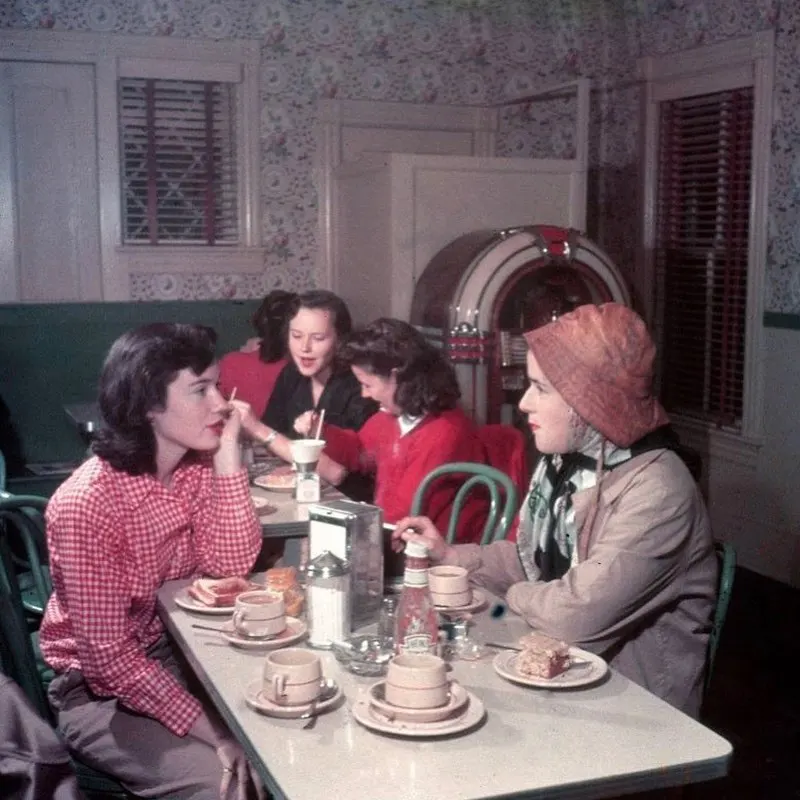
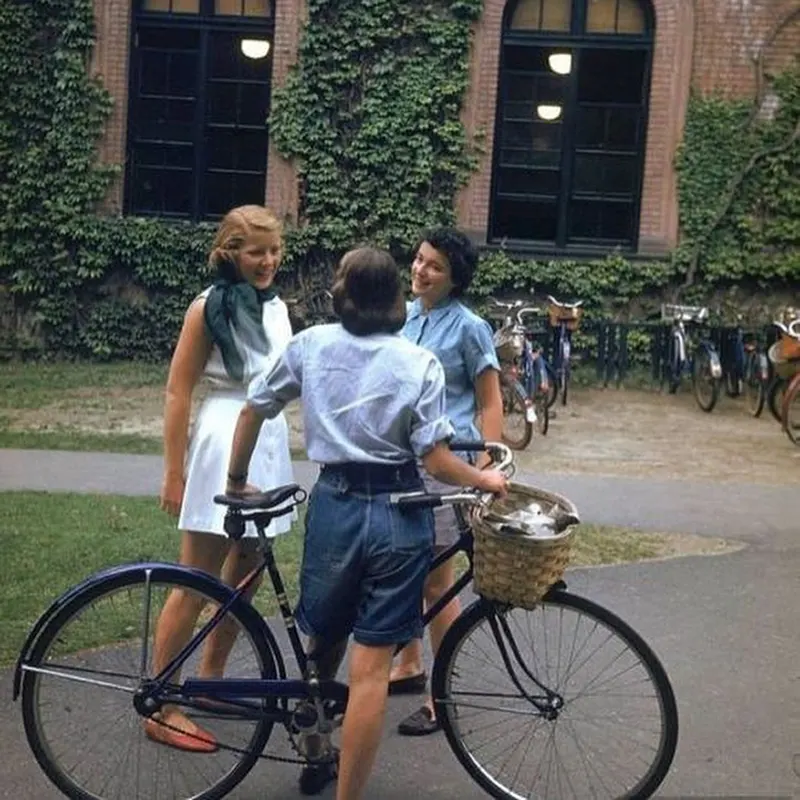
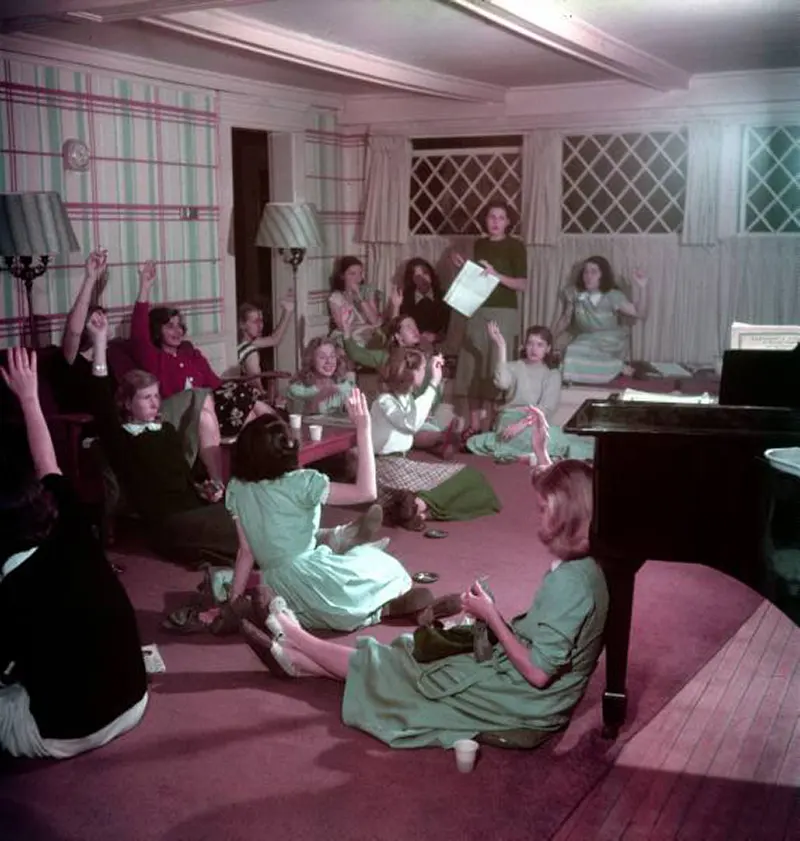
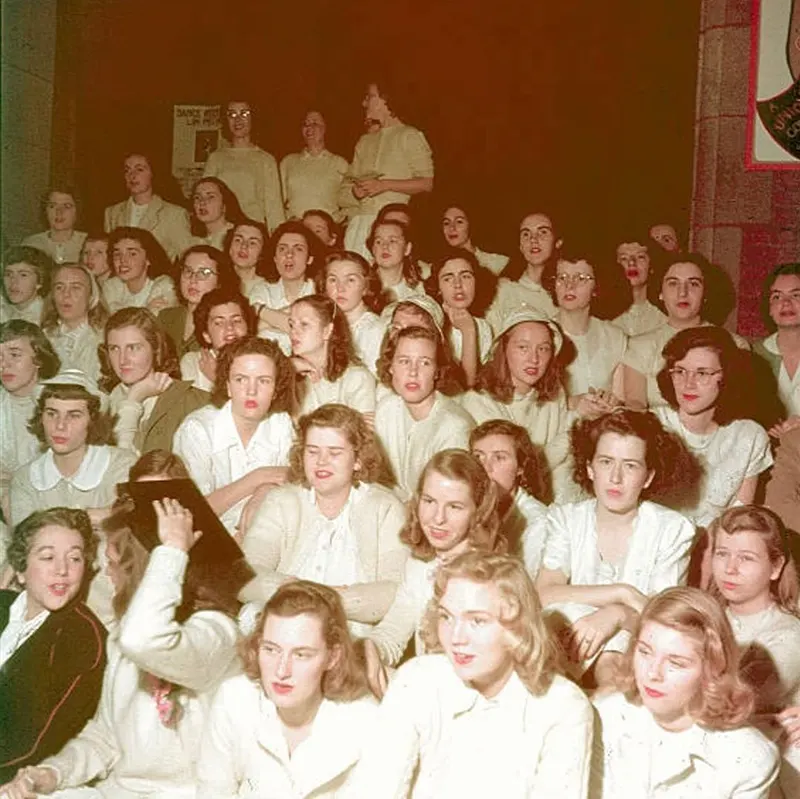
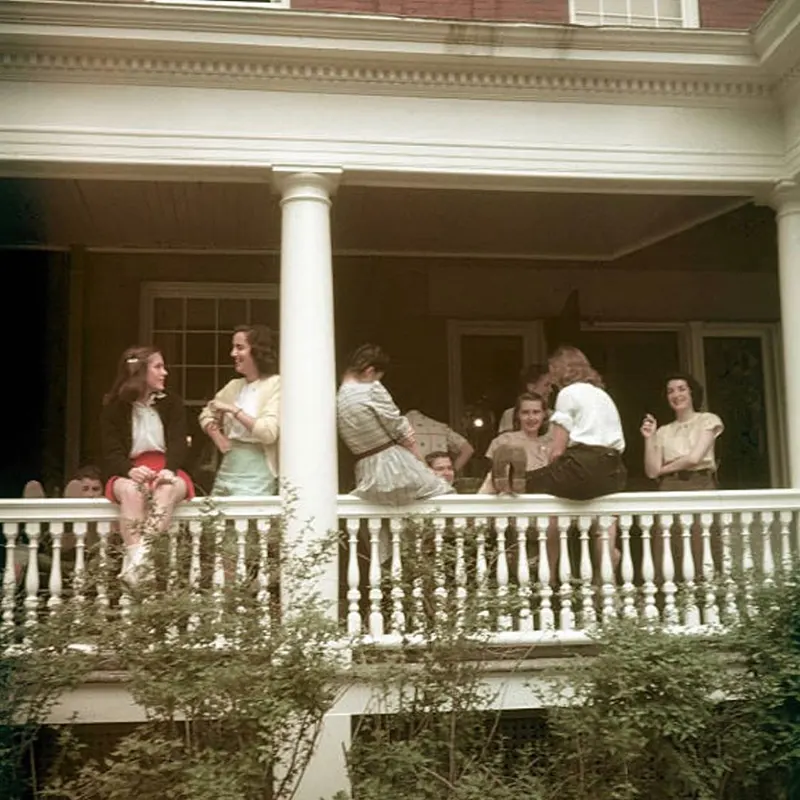
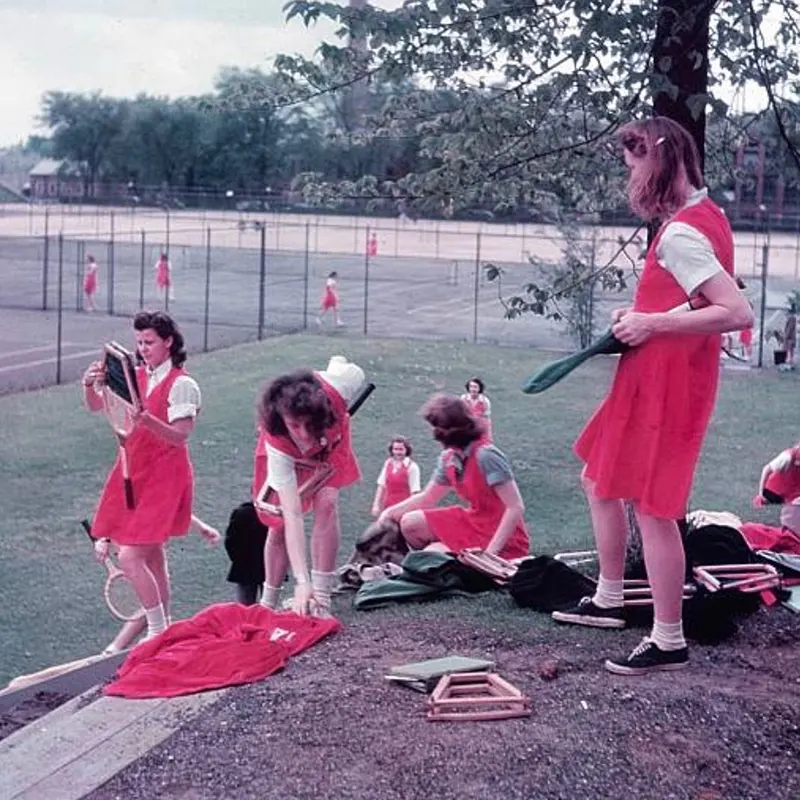
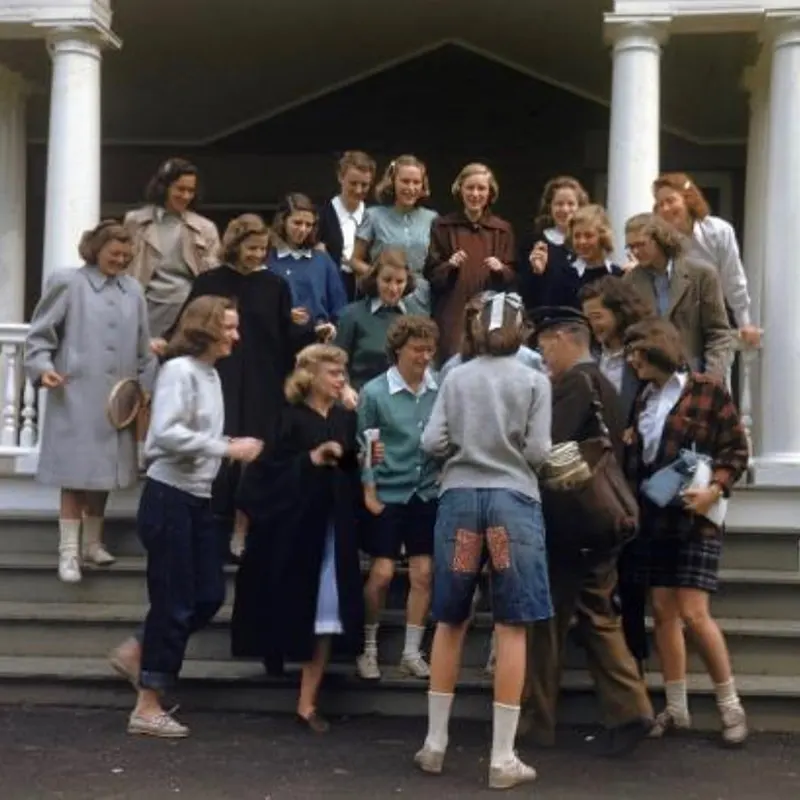
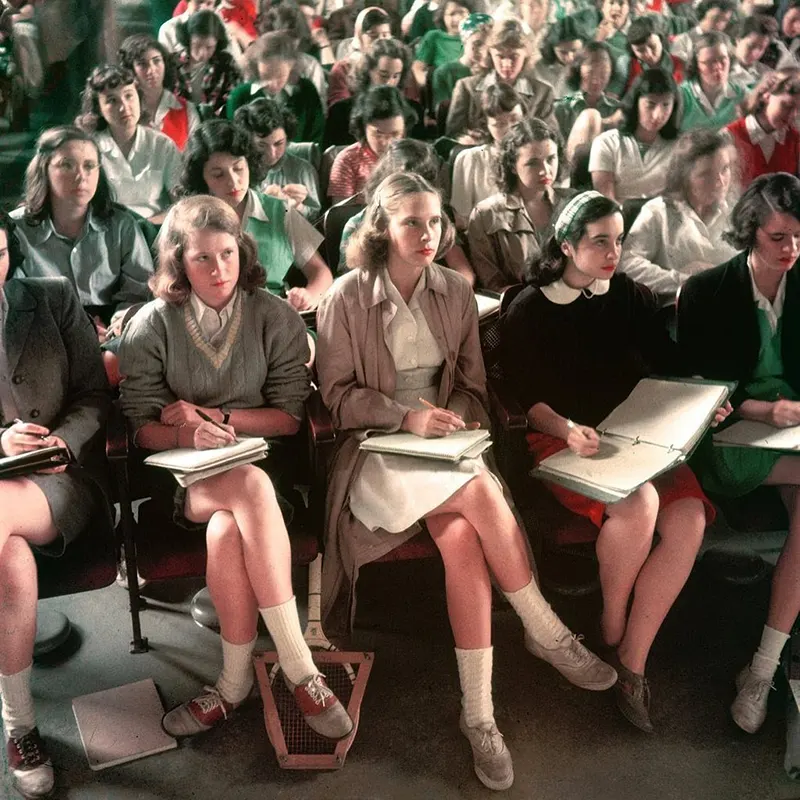
(Photo credit: Peter Stackpole / LIFE Magazine).


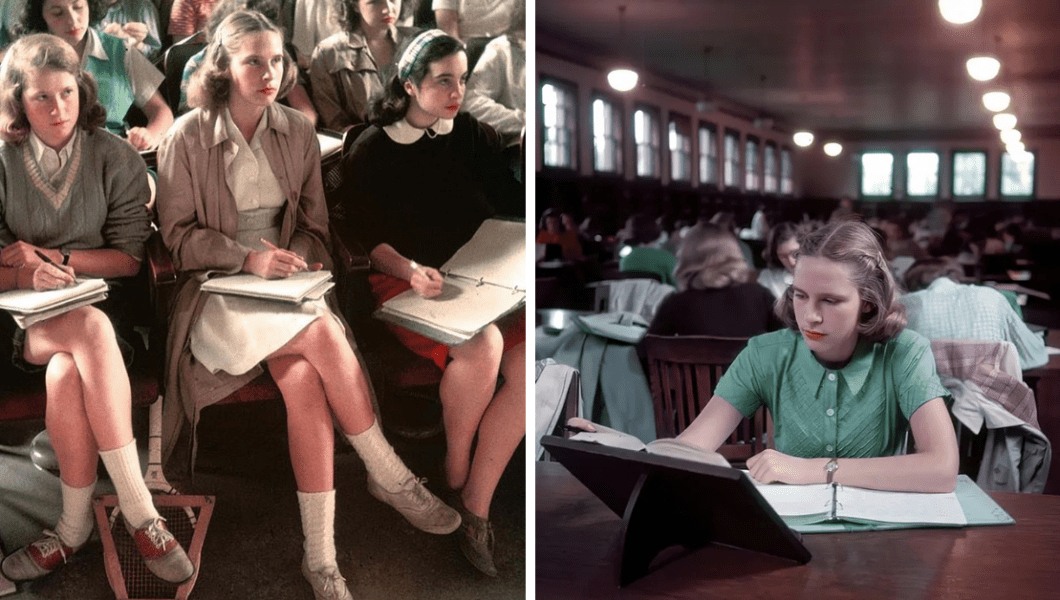
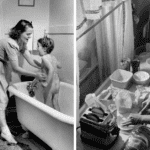
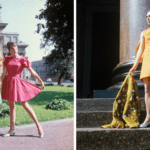
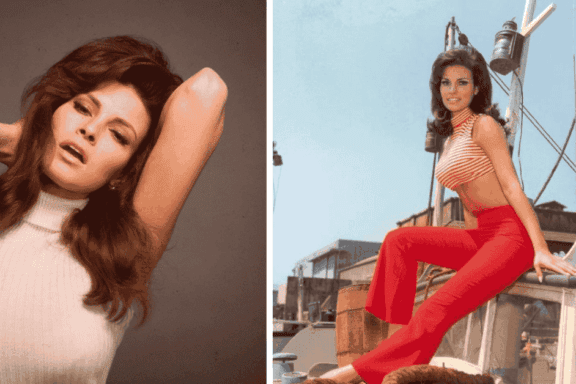
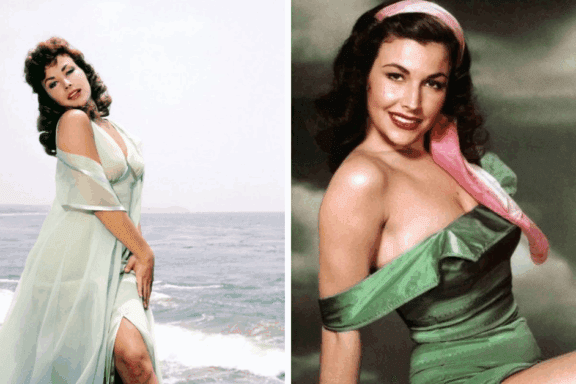
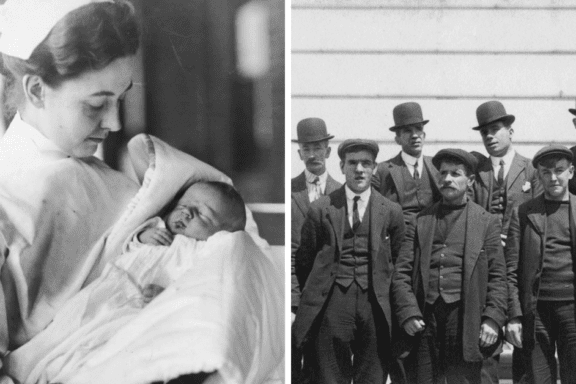
No Comments